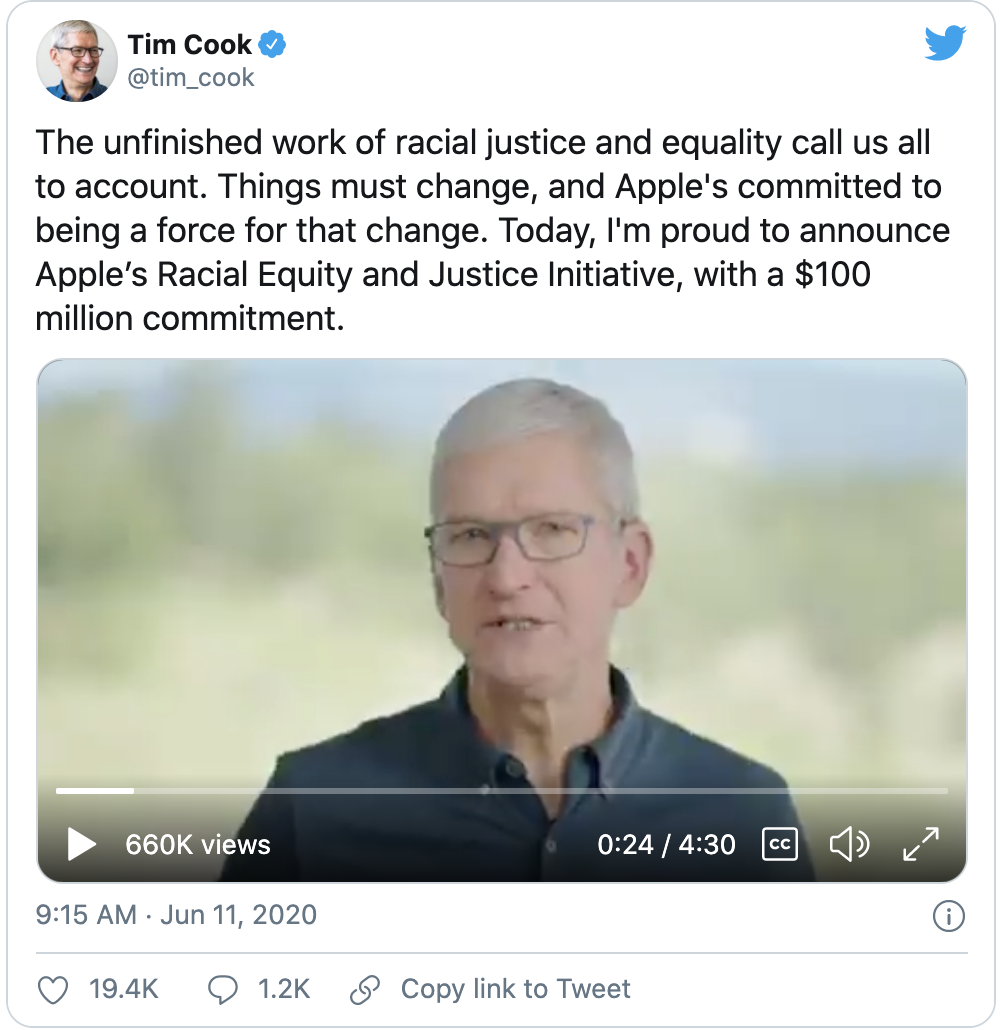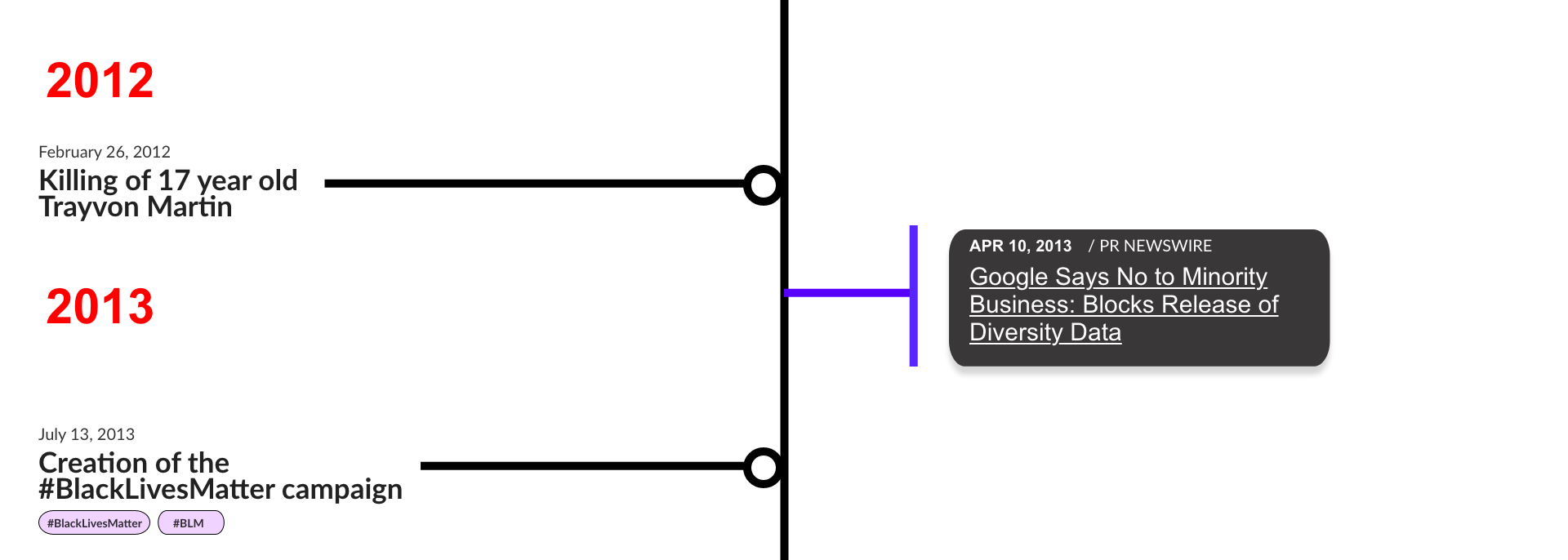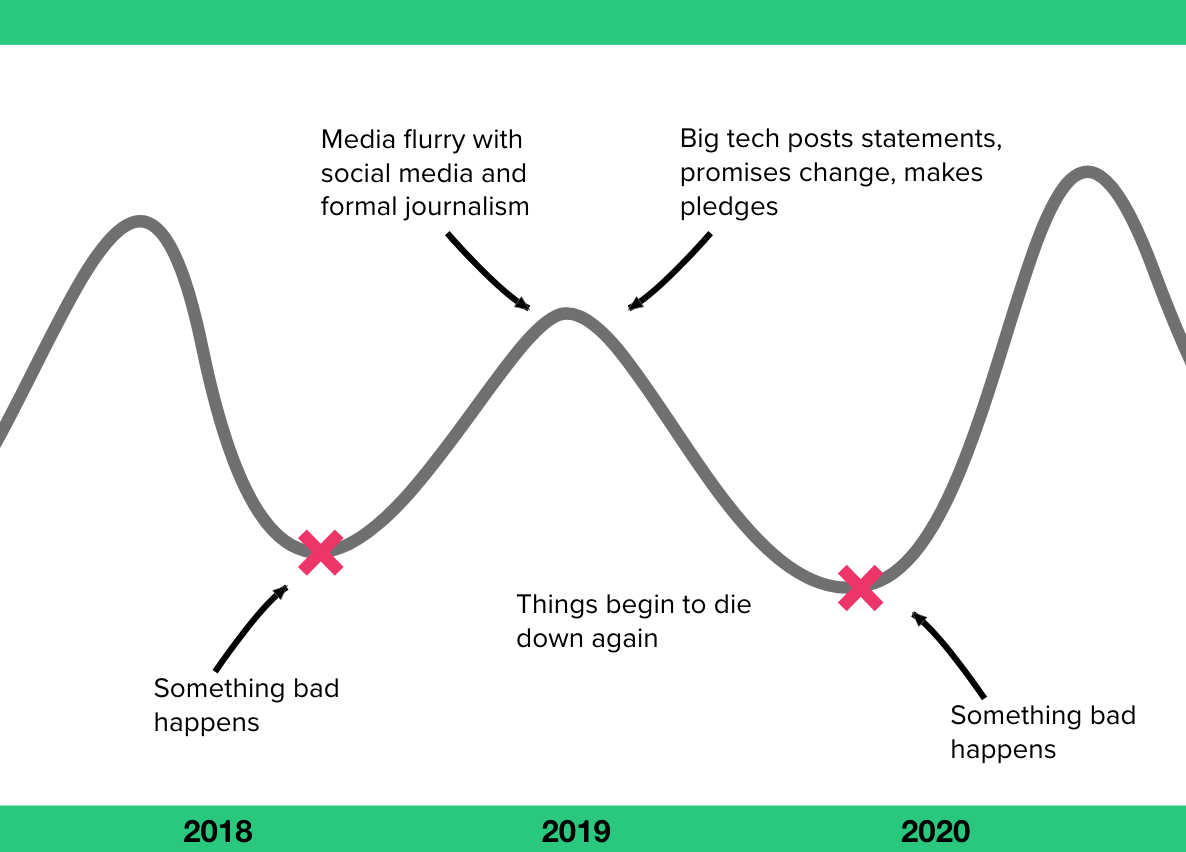
I am on the cusp of being a Millennial and Generation Z.
While I got to catch the tail-end of a 90s childhood, I also grew up with Facebook, Amazon, Apple, Microsoft and Google (or FAAMG), watching them transform from garage startups to tech giants.
Growing up in the tech revolution meant I got first hand experience watching these few corporations completely change the world around me.
They have become a dominant force in our everyday lives - holding power and influence, not just in the U.S., but globally.
Millennials include anyone born between 1981 and 1996. Generation Z includes anyone born between 1997 and 2012.
I aspire to a future in tech because I want to take part in building up the world around us.
We all want to make the world a better place. I see technology as a way of doing that.






But, as I have grown older, and have realized my own unique positioning in the world (as an Asian American and a woman), I am seeing some pretty scary numbers:



The reality is, there are structural barriers for people of color.

Art inspired by https://www.kaporcenter.org/black-tech-workforce/
This is a growing concern considering that post-millenials are already the most ethnically and racially diverse, and the following generations will be even more so. In fact, a majority of the U.S. will be comprised of People of Color (POC) by 2060.
If POC are not being represented in companies that are building up the world around us, than the tech is not serving everyone.
































